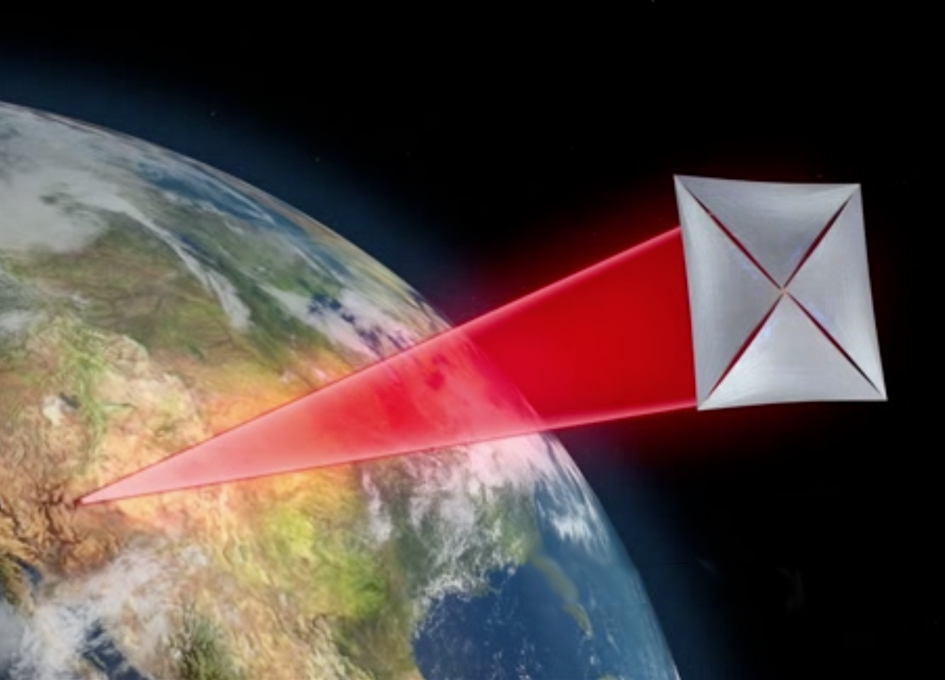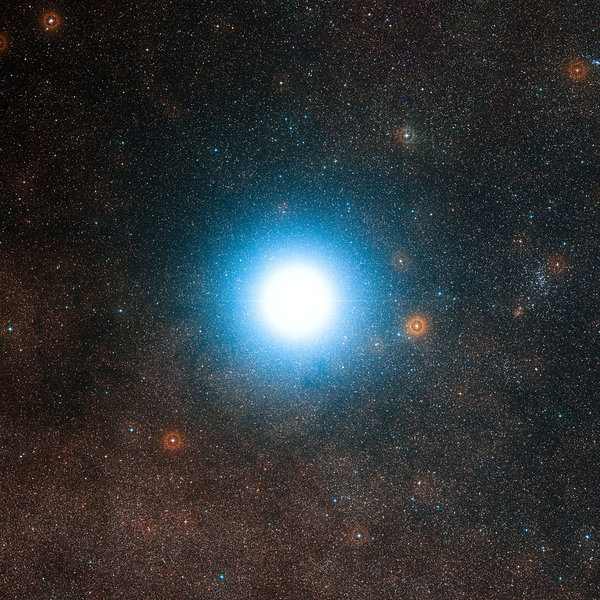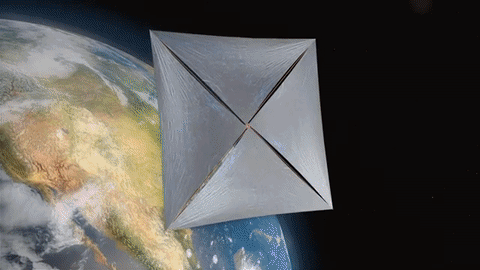
World-renowned astrophysicist Stephen Hawking has teamed-up with Russian billionaire Yuri Milner to develop new technology that they claim will get us to the Alpha Centauri star system within the next 20 years. The $100 million initiative is called Breakthrough Starshot and envisions building a new type of “Ultra-light, ultra-compact” light-powered spacecraft capable of traveling 100 million miles per year to close the 4.367 light year distance. For a project that seems utterly ludicrous given contemporary limitations, the venture has attracted talented individuals such as Pete Worden, former director of NASA’s AMES Research Center, who served as project lead.
To enact their goal, the team proposed a special kind of spacecraft called the LightSail, which creates uses photons for propulsion similar to the kind launched last year by celebrity scientists Bill Nye and the Planetary Society. The main difference, however, is that Milner’s version generates propulsion using a massive giant laser array, instead of light from the sun.

For perspective, Alpha Centauri is a three-star solar system located 25 trillion miles away, and the Voyager 1 probe has been on route toward for the last 40 years. But Voyager 1 is only traveling at a rate of 40,000 miles per hour, and has only covered .0005 percent of the distance.

Clearly this is not practical. What is practical—at least in the minds of Milner and Hawking—is to construct a very small craft measuring a few meters in width and a few hundred atoms in thickness, and power it using photons emitted by a field of lasers on Earth. Electronic equipment such as the sensors, the power supply, the navigation equipment, and photon thrusters, will be housed on an onboard computer the size of a postage stamp, called the “StarChip.” Harvard University rocket scientist Zac Manchester is currently developing a prototype.
Aside from the engineering challenges of designing a functional starship, the initiative must also contend with the infrastructure challenges of not just launching the StarShot into orbit, but also designing and constructing the laser array meant for Earth. Milner’s Breakthrough Initiative, the group overseeing the investment of the funds, refers to the $100 million investment as a seed capital for the research engineering program and acknowledge that the actual cost of the mission will undoubtedly prove higher. They expect the actual cost to rival those of “the largest current scientific experiments,” like CERN’s Large Hadron Collider.
Source: BreakthroughInitiatives.org
Advertisement
Learn more about Electronic Products Magazine





